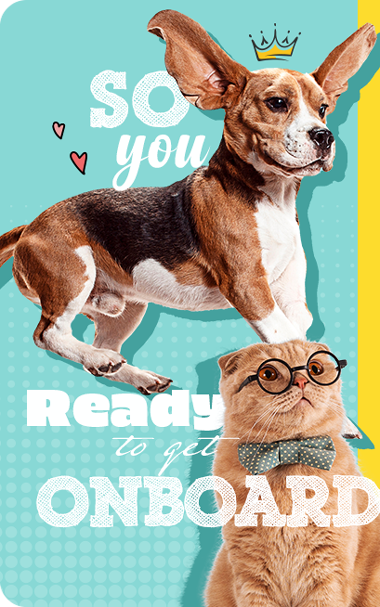Training Your Dog to Walk on a Leash
Posted by Kruti reddy on

Introduction
Walking your dog is an enjoyable experience for both of you. However, without adequate training, it can become a challenge with behavior issues like pulling, lunging, or refusal to walk. Teaching your dog to walk calmly on a leash is crucial for strengthening your bond and ensuring safety. Whether you're introducing it to a new pet or refining your dog's walking skills, you’re on the right path. These tips will guide you in training your pup to walk confidently on a leash.
Start with the Right Equipment

Before starting the training, selecting the appropriate dog leash and collar is vital. The leash should be sturdy yet comfortable, enabling you to keep control without making your pet uncomfortable. For larger breeds, a specialized dog leash designed for large dogs offers additional strength and durability, reducing the risk of breakage during walks. Ensure that the collar fits properly, being neither too tight nor too loose, to keep your dog secure and comfortable. Shop for the right leash from here.
Introduce the Leash Indoors
Begin by introducing the leash to your dog inside your home, where there are minimal distractions. Make your dog wear the leash and collar for short periods, rewarding them with treats and praise to create positive associations. Allow them to explore freely while they gradually become used to the feeling of the leash.
Use Positive Reinforcement
Reward-based training is the most effective method for encouraging good behavior in your dog. When your dog walks calmly beside you, reward them with treats, verbal praise, or their favorite toy. Avoid pulling on the leash or using harsh corrections, as these can create fear and resistance.
Practice in a Quiet Environment

Once your dog is comfortable indoors, transition to a quiet outdoor space, such as your backyard or a low-traffic park. Keep training sessions short and engaging, focusing on rewarding calm behavior. If your dog starts pulling, stop walking - wait for them to relax before continuing. This teaches them that pulling won’t help them reach their destination.
Teach Basic Commands
Teaching basic commands like "heel," "stop," and "let's go" will simplify the leash training process. When your dog walks beside you without pulling, use a consistent verbal cue, such as "good job" or "yes," to reinforce the behavior. Over time, your dog will associate these phrases with proper walking manners.
Gradually Increase Distractions
As your dog becomes more skilled with short walks, introduce them to busier environments with more distractions. Walk past other dogs, people, and noisy areas while maintaining control. Continue using rewards to reinforce good behavior and redirect their focus when necessary.
Be Patient and Consistent
Leash training requires time and patience. Some dogs learn quickly, while others may need more practice. Stay consistent with your training sessions, and keep them fun and rewarding. The more enjoyable the experience, the more eager your dog will be to walk politely on a leash.
Get the Best Dog Leashes

Selecting the right leash can significantly improve your dog's walking experience. If you're in search of a high-quality leash for large dogs or a comfortable leash and collar set, explore our premium collection. Our durable and stylish options ensure both comfort and control, making every walk enjoyable.
Conclusion
Training your dog to walk on a leash is an investment in their well-being and your peace of mind. With the right tools, positive reinforcement, and a little patience, your dog will soon master the art of leash walking, making daily walks a pleasure for both of you.






